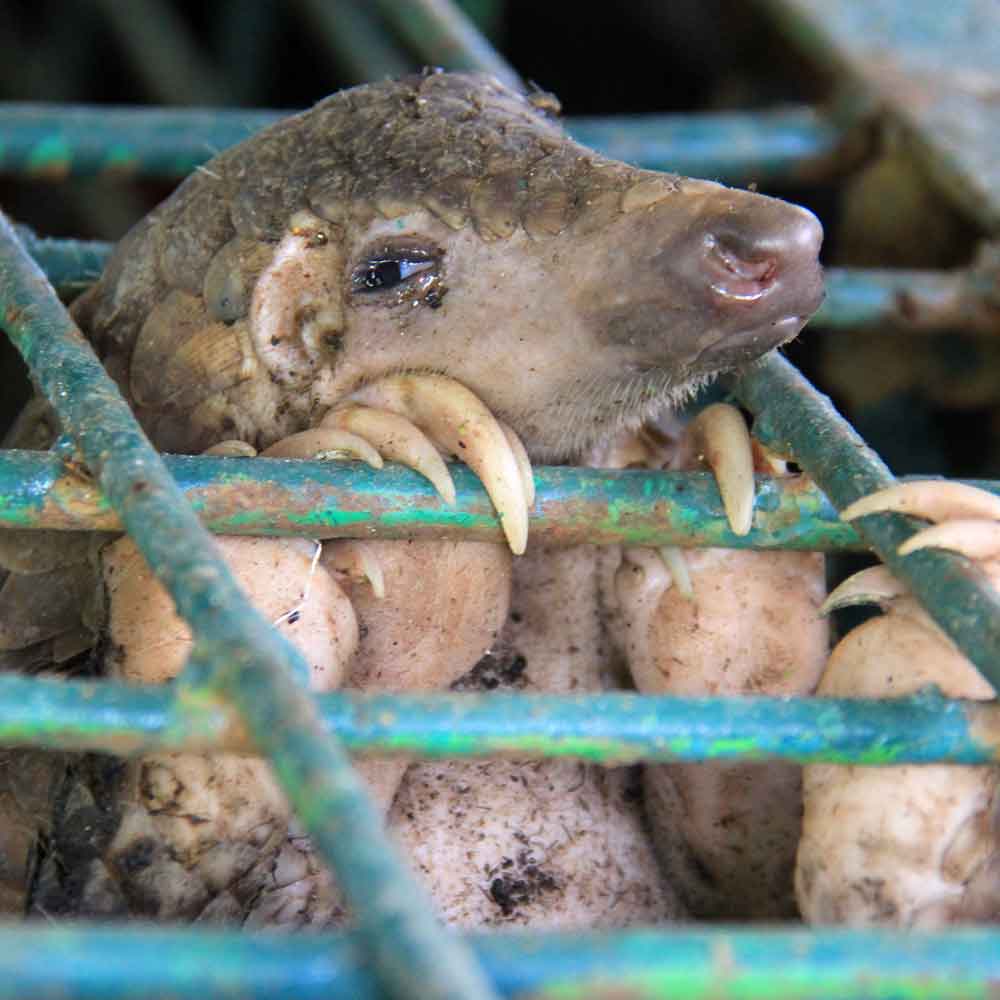30. SEPTEMBER 2020 | by NATURE NEEDS MORE
edited by: ROSIE SAXE | published by: ECOLOOKBOOK
The trade of animal skin and fur is worth billions to the fashion industry. Endangered species from pythons to stingrays and elephants to giraffes are legally traded in large numbers to fulfill the hunger for high-end and fashionable outfits, without any regard for the cruelty the animals endure. These materials such as leather, fur, wool, or animal skins have a much higher cost than the non-animal options.[1]

All fur and real leather has caused an animal tremendous suffering and took away a life. Millions of wild animals are brutally trapped and killed every year. Animals who are supposed to live in the wild spend their entire lives confined to cramped, filthy wire cages. On top of this, slaughterers use the cheapest and cruelest killing methods available, including suffocation, electrocution, gas and poison. Furthermore, often animals are still alive when workers hang them up by their legs to skin them.
Did you know that the term faux-fur is often used as a marketing term and actually means that real fur from cats and dogs was used?



The legal trade of wildlife is one of the most valuable trades in the world with a worth of €100 billion annually to the EU alone. Sadly, there will always be someone who won't think twice about spending up to EURO 60,000 for a coat made from the Snow Leopard's thick winter fur. However, considering that 6 to 12 animals are needed for just one coat, it's easy to understand that the current population of Snow Leopards – from 3,500 to 7000 animals - faces an uncertain future.

This hugely profitable exploitation is something that hasn’t changed since the 1970s nor is about to change. Of course, advocates of the high-end fashion industry would argue that humans have used animal skins and fur since they began wearing clothes. Our first ancestors hunted animals to eat their flesh and use their fur to protect against the cold. Their survival depended upon the products of the hunt but this is not the case anymore.
Although it is true that we are still exposed to the same biting cold temperatures in some parts of the world and need to stay warm. However, there are many sustainable and animal-free fabric options to choose from. High-performing fabrics are increasingly effective and offer a more than satisfactory alternative to animal fibres to keeping us cosy!

While the fashion industry is starting to have discussions on a number of critical issues, one that is consistently forgotten about is the use of wildlife in fashion and the broader luxury industry.
Some of the biggest luxury brands in the world have a huge, vested interest in maintaining the trade in endangered species. While we can’t currently stop it, we can push for supply chain transparency. But to do this, the issues need more profile in the sustainable fashion media. Currently ‘products’ made from endangered species are in ‘no man’s land’ between vegan fashion and those who want to maintain the status quo. For example, the Chanel stingray bag was recently for sale for US$17,000. Whilst the Alexander McQueen python skin bag another example of exploitation of terrestrial and freshwater species.
Find more vegan brands at ECOLOOKBOOK
Ressourcen:
- https://www.ndr.de/ratgeber/verbraucher/So-leben-und-sterben-Pelztiere,pelz128.html
- www.natureneedsmore.org

